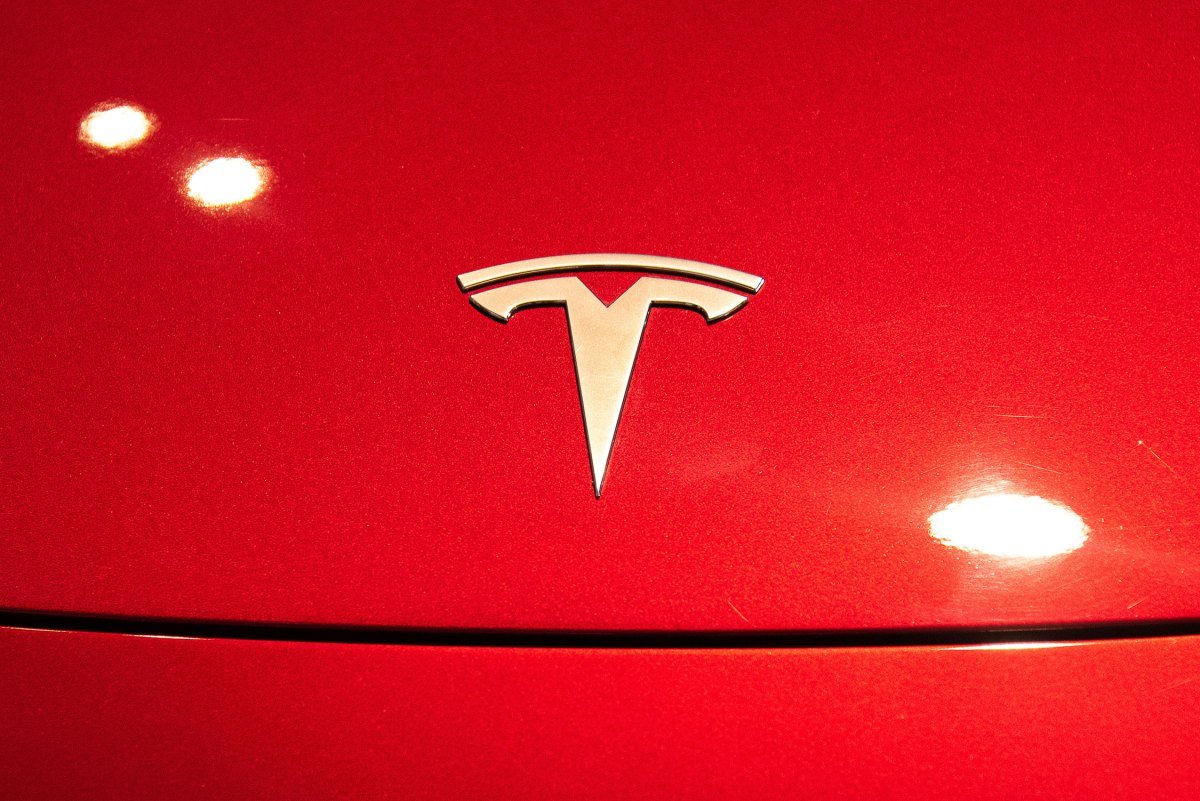Tesla launches an even more limited version of its early Robotaxi service in San Francisco this weekend, according to Business Insider, after an initial roll-out began last month in Austin, Texas.
The company plans to send invitations to Tesla owners to test the service, according to the report.
Depending on how and if Tesla continues, its actions can violate state regulations – and although there is a human security driver sitting behind the wheel while its vehicles function autonomously.
Two state agencies regulate aspects of autonomous vehicles in California. California’s Motor Vehicle Department regulates testing and implementation of autonomous vehicles and requires permits for all three phases: tests with a driver, test without a driver and driverless implementation.
Tesla is authorized to test autonomous vehicles with a human security operator behind the wheel. It does not have permission for driverless testing or implementation. And from Wednesday, it had not yet applied for additional permits, according to DMV. (Mercedes-Benz, Nuro and Waymo are the only three companies that have driverless implementation permits.)
Tesla also does not have the right permissions from California Public Utilities Commission that regulates the commercial aspects of riding-hailing and chartered transport of people as well as those guided by autonomous vehicle systems.
Tesla has a transport charter particle permit that allows a human driver to drive a traditional vehicle (not one AV) for charter services with the public, CPUC spokesman Terrie Prosper Techcrunch told an E email.
TechCrunch -event
San Francisco
|
27-29. October 2025
This is clearly different from an autonomous vehicle permit to passenger transport, according to Prosper. So-called AV permits that Tesla does not have, enable testing and implementation of autonomous vehicles with or without a driver.
Tesla has not received approval from CPUC to offer autonomous passenger service to customers, paid or unpaid, with or without a driver (nor has the company used), Prosper explained the IE email. Tesla also doesn’t have a “Dressed Pilot AV permit” from CPUC, so it can’t even use an autonomous vehicle with a human operator behind the wheel of passenger service.
This means that if Tesla releases its Robotaxis and the autonomous systems are engaged, it will violate the state regulations even if the rides are free and there is a human security operator behind the wheel.
Push into California is coming as DMV is currently trying to prevent Tesla from selling vehicles in the state as part of a long -standing lawsuit about the promises the company has given about its cars’ self -driving abilities. Tesla is also currently in trial in a trial of death related to the use of its smaller capable driver assistant system, autopilot.
Tesla has also not yet proof that its full self-driving software can be used to operate a robotaxi network. While the company has been running an invited version of its Robotaxi service in Austin since June 22, it has been far from what Musk has spent years teasing.
The service is mostly limited to Austin’s centercases and main corridors. There is a security operator in the front passenger seat that can intervene if the car is doing something wrong or dangerous. While the service launched with about 10 vehicles is not clear how many SUVs in Model Y SUVs are operating in the city, nor is it clear how many times these security operators have had to intervene.
It is far from the “general solution” that Musk said Tesla was working on for a decade. Musk was once so sure of the autonomous software Tesla developed that he said it would take a car from Los Angeles to New York – a stunt that never happened. Musk said this week that Tesla is also trying to expand to Florida and Arizona. Techcrunch reported earlier this month that Tesla had started on the required certification process to test and operate with and without a driver in Arizona.
Update: This story has been updated to include new information from CPUC.
